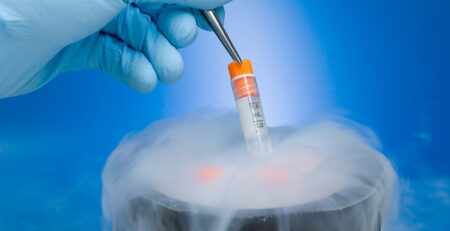Hysterosalpingography (HSG)
Hysterosalpingography (HSG) is an X-ray procedure which is used to see the uterus and the tubes by contrast dye that lines the inner shape and size of uterus & tubes.
Details of the procedure-
This procedure is done in radiology (X-ray department) involving a gynaecologist and radiographer.
It is done in initial 5 days of the cycle after stopping of bleeding.
Pre-HSG:
On the day of the procedure you are expected to have a light breakfast followed by a anti-cramping medication to be taken an hour before the procedure. You are expected to reach the facility at your appointment. Normally this test is not done under anaesthesia however if someone wishes to get it done under anaesthesia, should pre-inform the centre and take appointment accordingly. It is then expected you to come fasting. You must be accompanied by someone as you may not feel well enough to travel alone.
Procedure:
You will be asked to change before the procedure, lie down on your back with feet placed as for gynae pelvic examination. Instrument called vaginal speculum is introduced to visualise the cervix- lower end of the uterus. It is then cleaned and held with another instrument. A silicon tube or metallic cannula with fitted syringe filled with contrast fluid is placed at the opening of the cervix. The tube has a small balloon at the end that is inflated. The balloon keeps the tube in place in the uterus. As the contrast is pushed simultaneously X-ray is taken to trace the passage of the contrast to uterus and then to both the fallopian tubes. The flow of fluid may cause some cramping and if the tubes are blocked it would stretch it to help opening if possible. If there is no blockage, the fluid will spill slowly out the far ends of the tubes. After it spills out, the fluid is absorbed by the body. After the images are made, the cannula or tube is removed.
Post HSG-
You may experience some kind of sticky vaginal discharge as some fluid would drain out of the uterus. The fluid could be bloodstained. You can expect some amount of spotting for a couple of days. You would be prescribed some antibiotics and painkiller post procedure for 3-5 days.
Any risks or side effects- Severe problems with HSG are rare.
Sonosalpingography: SSG
Sonosalpingography (SSG), more commonly known as the Sion testis a screening procedure for infertility investigations and is done to evaluate the patency of the fallopian tubes.
Procedure
The Sonosalpingography (SSG) procedure is done under ultrasound monitoring. During the scan an injection of 200ml physiologic saline is injected into the uterine cavity through foley catheter. The catheter has an inflated bulb that helps prevent the fluid to leak outside the uterine cavity. The flow of the saline along the tube is monitored under the ultrasound. The test helps in assessing the uterine cavity and ovaries at the same time.
Why is it done?
- It helps detect the patency of fallopian tubes.
- It is done as a part of infertility investigations
- It helps detect the submucous fibroid polyp.
- It helps define the intrauterine pathology such as polyps & Asherman’s syndrome.
Laparoscopy & Hysteroscopy with Chromopertubation
During Laparoscopy, a procedure called Chromopertubation is performed to visualize the fallopian tubes. It helps to assess whether the fallopian tubes are patent or open. During this procedure, a colored dye is passed through the fallopian tubes to check if they are patent. The dye is injected through the cervical canal into the uterine cavity. It is then monitored as it comes out of the tubes into the peritoneal cavity and viewed directly.
The procedure is done during laparoscopy and under anesthesia.
Procedure:
A chromopertubation is usually done when a patient is undergoing a surgical procedure like laparoscopy of hysteroscopy where the fallopian tubes will be visible.







